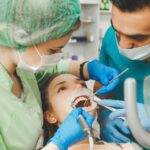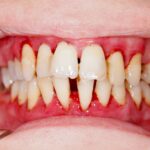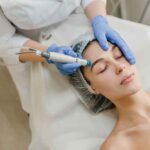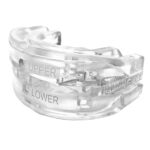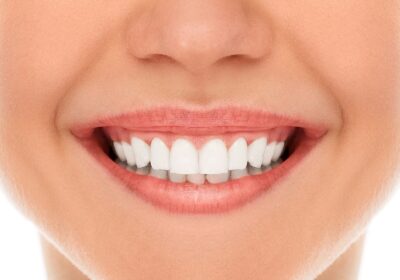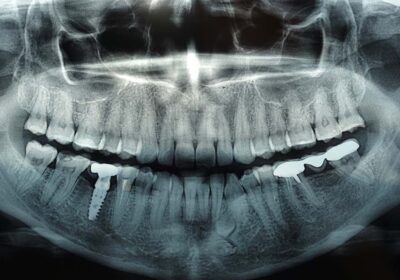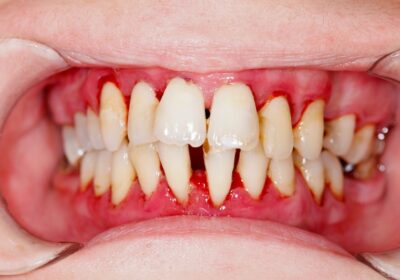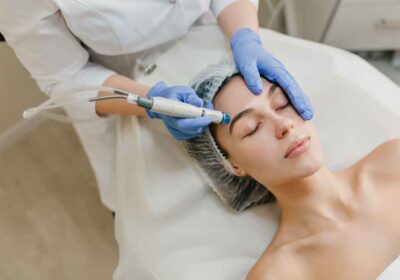
Basal Cell Carcinoma (BCC): Appearance and Treatments
Basal cell skin cancer, or basal cell carcinoma (BCC), is the most common type of skin cancer diagnosed, with around 80% of skin cancers being basal cell carcinomas. BCC is also the most common form of cancer occurring in humans.
BCC tend to develop on skin areas most exposed to the sun, with most forming on the head and neck. It is slow-growing cancer and, in most cases, won’t spread to other body areas. However, it can spread to tissues and bones beneath the skin if left untreated.
The carcinomas mostly appear on the skin as small, pale and flat formations or as small, raised bumps that are pink or red in colour and can be translucent or shiny. They can be caught by razors when shaving and will bleed. The carcinomas can be fed by one or more abnormal blood vessels and have a slight dip in the centre. The carcinomas may have brown, black or blue areas, and larger cancers may appear crusty or have some oozing from the site.
BCC treatment options
Treatment options for BCC will depend on a few factors, such as if it is an early or late-stage cancer. Some treatment options include the following:
- Surgery: The patient can have a range of surgical procedures depending on the size and condition of the growth. These include excision, where the tumour is cut out along with a small amount of surrounding healthy tissue. Curettage and electrodesiccation, which can often be repeated to ensure all of the cancer has been removed. Mohs surgery is microscopically controlled and incredibly effective for large tumours or if the tumour’s edges are not well-defined.
- Radiation therapy: Radiation therapy is often used with patients who cannot tolerate surgery or on areas that can be hard to treat surgically. It can also sometimes be used following surgery if it is not clear that all cancer has been successfully removed.
- Cryosurgery: This is the application of extreme cold to remove tissue through methods such as liquid nitrogen. This is mainly used for small carcinomas that are caught early. It is not usually used to treat carcinomas found in some sensitive areas, such as the eyelids, ears, scalp or legs. The wound can weep fluid following treatment for up to six weeks as it slowly heals.
- Targeted therapy for advanced BCC: In rare cases where carcinomas cannot be treated by the methods listed above or cancer has spread to other body parts, a targeted drug can often shrink or slow the growth of the tumour.
Long-term checkups are recommended following treatment because basal cell cancer can recur in the same place on the skin. Patients diagnosed with BCC are also at more risk of developing new skin carcinomas elsewhere.
PDUK provides a range of professional training courses for medical staff such as nurses, clinicians and allied healthcare workers. We highly recommend the following one-day online course for medical practitioners in primary care settings tasked with managing acute skin conditions.
AR94 Recognising and managing acute skin conditions in primary care: Online
This online course has been designed for healthcare practitioners looking to gain experience and update their skills in assessing and managing acute skin conditions.
Primary-care health practitioners and clinicians are usually the first points of contact for patients with dermatological health issues. However, health practitioners can be challenged by common skin presentations, so this online course will provide you with the practical information you need when assessing and treating these conditions.
This course offers excellent value for advanced nurse practitioners, allied health professionals, nurse practitioners, practice nurses, primary care nurses and school nurses.
This course will help participants to:
- Develop dermatology assessment skills.
- Increase your awareness of the most common acute skin conditions and their management.
- Increase your knowledge of differential diagnoses in dermatology.
- Improve your knowledge base of dermatological treatments and best practices for their use.
- Be more confident in dealing with exacerbated chronic dermatological conditions.
- Understand when to refer to secondary care and make an appropriate referral.
The course runs from 10:00 am- 4:30 pm, and all course material, evaluations and certificates are provided.


